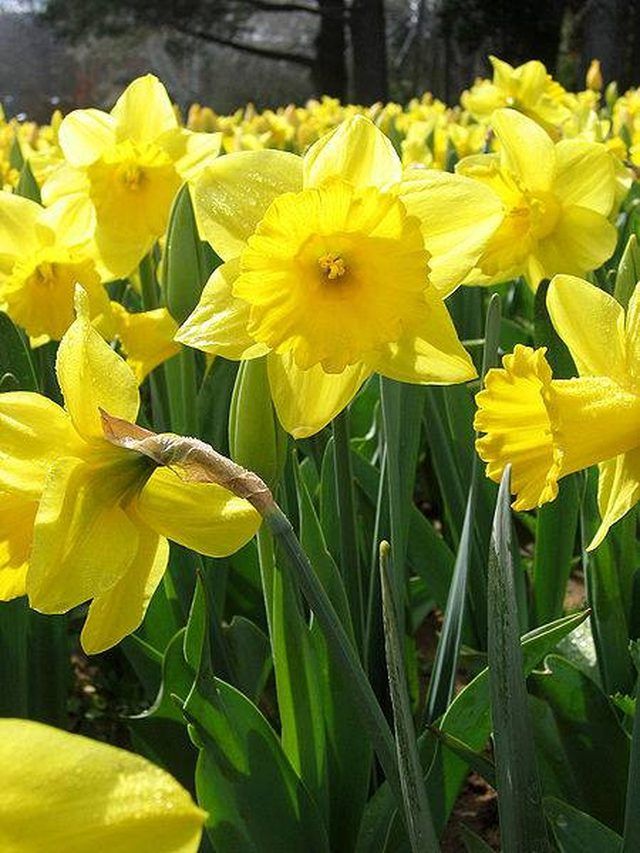Bulbs
Flower Basics
Flower Beds & Specialty Gardens
Flower Garden
Garden Furniture
Garden Gnomes
Garden Seeds
Garden Sheds
Garden Statues
Garden Tools & Supplies
Gardening Basics
Green & Organic
Groundcovers & Vines
Growing Annuals
Growing Basil
Growing Beans
Growing Berries
Growing Blueberries
Growing Cactus
Growing Corn
Growing Cotton
Growing Edibles
Growing Flowers
Growing Garlic
Growing Grapes
Growing Grass
Growing Herbs
Growing Jasmine
Growing Mint
Growing Mushrooms
Orchids
Growing Peanuts
Growing Perennials
Growing Plants
Growing Rosemary
Growing Roses
Growing Strawberries
Growing Sunflowers
Growing Thyme
Growing Tomatoes
Growing Tulips
Growing Vegetables
Herb Basics
Herb Garden
Indoor Growing
Landscaping Basics
Landscaping Patios
Landscaping Plants
Landscaping Shrubs
Landscaping Trees
Landscaping Walks & Pathways
Lawn Basics
Lawn Maintenance
Lawn Mowers
Lawn Ornaments
Lawn Planting
Lawn Tools
Outdoor Growing
Overall Landscape Planning
Pests, Weeds & Problems
Plant Basics
Rock Garden
Rose Garden
Shrubs
Soil
Specialty Gardens
Trees
Vegetable Garden
Yard Maintenance
About Daffodils
About Daffodils. Daffodils get their genus name of Narcissus from the Greek myth of the same name. Narcissus was a handsome young Greek man who was quite enamored with his own looks. One day he spotted his reflection in a pool of water. Leaning over to get a better look, he fell in and drowned.One of the most popular flowers grown in the United...

Daffodils get their genus name of Narcissus from the Greek myth of the same name. Narcissus was a handsome young Greek man who was quite enamored with his own looks. One day he spotted his reflection in a pool of water. Leaning over to get a better look, he fell in and drowned.
One of the most popular flowers grown in the United States, daffodils are easy to grow and quick to multiply. For many Americans, the bright yellow faces of daffodils are the first sign that the long winter season has ended.
History
The flowers we know today as daffodils originated in the Middle East and the Mediterranean area of Spain and Portugal. The first mention of daffodils in history was around 300 B.C. Once cultivated by the Greeks and Romans, who brought it to England, daffodils eventually lost favor and became a wildflower until the early seventeenth century.
Identification
The original daffodil is a bright or golden color and has a trumpet-like corona in the center with petals all around it. Often the trumpet is a contrasting color, and with the advent of hybrids the daffodils themselves can now range in color from white, yellow and orange to pinks and light greens. A hardy perennial bulb that blooms in spring, daffodils are very adaptable, but prefer a rich, well drained soil in partial to full sun.
Types
Much disputed by botanists, there are between 40 and 200 different daffodil species and subspecies, and more than 25,000 hybrids, with more than 13,000 listed on the official Daffodil Data Bank. They are divided into 13 classifications in the official system. This method of classification is mainly used for flower shows, where growers introduce new hybrids and compete for Best in Show.
Size
Because of the sheer number of hybrids, daffodils blossoms can measure from 1/2 inch to 5 inches in diameter. You can find bulbs that reach a plant height of 2 inches or 2 feet, making this an ideal variety for the spring garden. Often used in mass plantings, many gardeners plant several hundred bulbs of two or three varieties to prolong the growing season.
Geography
Aside from the more delicate varieties, such as the Paper White, daffodils are grown as far north as the Canadian border and are quite hardy in cold and snowy climates. Usually one of the first spring flowers, they can withstand snow even after the buds appear. Daffodils are also grown throughout the southern United States, aside from the lower portions of Florida and the Gulf of Mexico.
Warning
Although the bulbs of daffodils are bitter and not a mainstay for deer and squirrels, they are poisonous and should be not be left around children and animals.